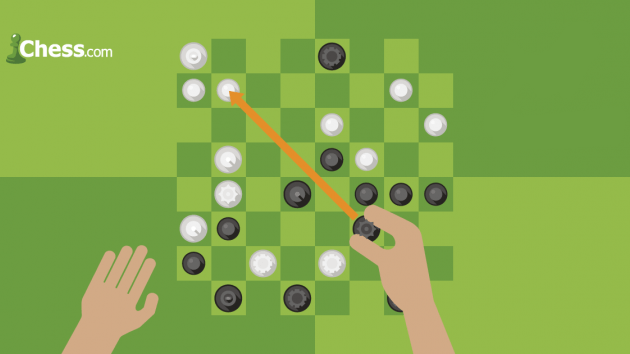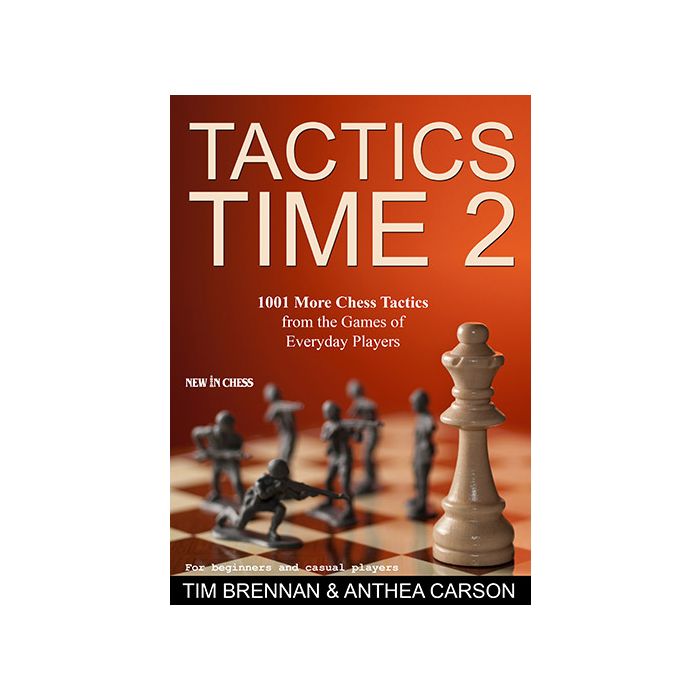

move the attacked piece to a different attacked square, where a capture will result in a more advantageous position.move the attacked piece to a square where it will not be under attack, or will be defended by another piece.When the attacked piece is not a king, a player may have additional options, beyond the ones listed above: interpose another piece in between the king and the attacking piece (if the attacker is not a knight and is not directly adjacent to the attacked king).

move the king to an adjacent square that is not under attack.When the piece attacked is a king, then a player has exactly three options: Attacking a piece usually, but not always (see Sacrifice), forces the opponent to respond if the attacked piece is undefended, or if the attacking piece is of lower value than the one attacked.

A piece is said to defend (or protect) a piece of the defender's color if, in case the defended piece were taken by the opponent, the defender could immediately recapture. Often tactics of more than one type are conjoined in a combination.Ī piece is said to attack (or threaten) an opponent's piece if, on the next move, it could capture that piece. The Encyclopedia of Chess Middlegames gives the following tactics categories: Annihilation of Defense, Blockade, Decoying, Deflection, Demolition of Pawns, Discovered Attack, Double Attack, Interception, Intermediate Move, Overloading, Passed Pawn, Pawns Breakthrough, Pin, Pursuit (perpetual attack), Space Clearance, and X-ray Attack. This includes forks, skewers, batteries, discovered attacks, undermining, overloading, deflection, pins, and interference. The fundamental building blocks of tactics are move sequences in which the opponent is unable to respond to all threats, so the first player realizes an advantage. Tactics are usually contrasted with strategy, in which advantages take longer to be realized, and the opponent is less constrained in responding. In chess, a tactic refers to a sequence of moves that limits the opponent's options and may result in tangible gain. ( February 2010) ( Learn how and when to remove this template message) Please help to improve this article by introducing more precise citations. This article includes a list of general references, but it remains largely unverified because it lacks sufficient corresponding inline citations.


 0 kommentar(er)
0 kommentar(er)
